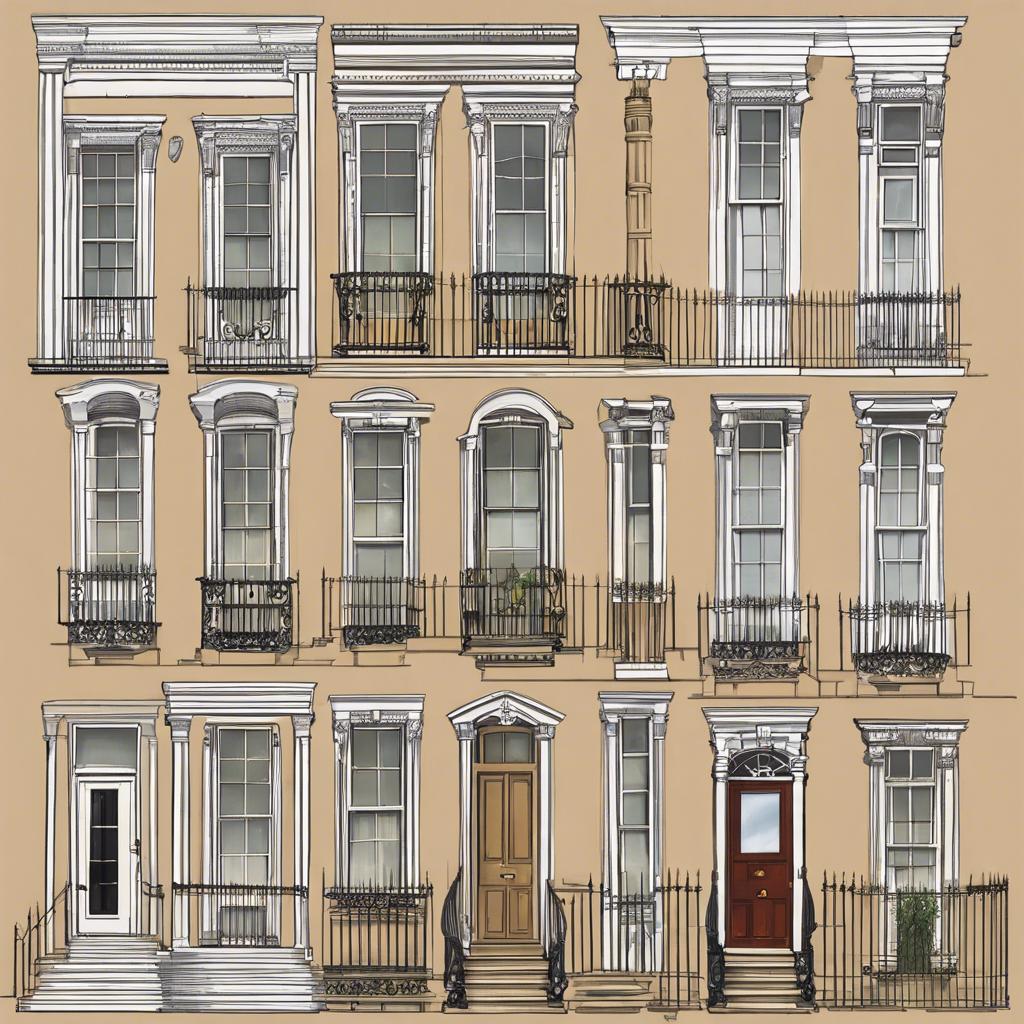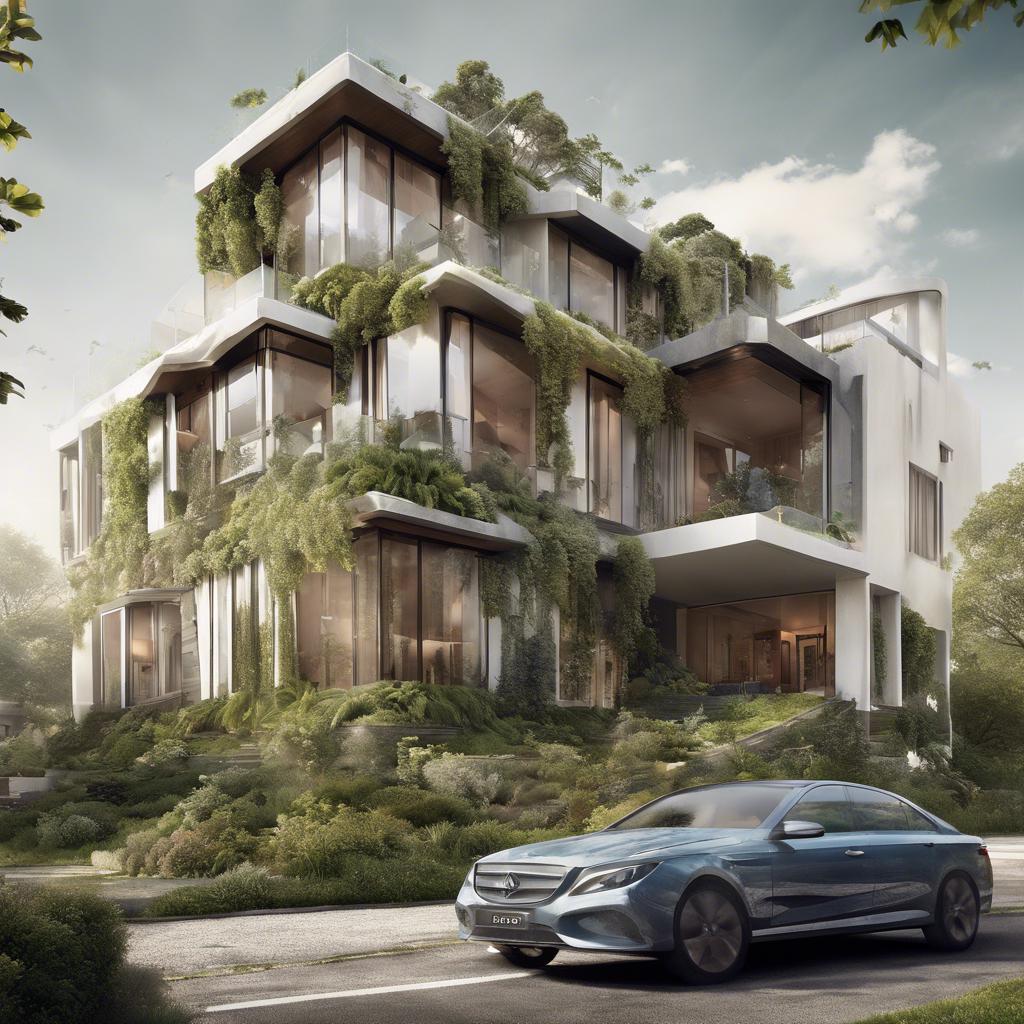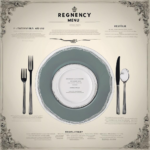During the Regency era, a time of elegance and refinement in early 19th century England, a distinctive style of architecture emerged that remains iconic to this day. Regency era houses, characterized by their symmetrical facade, elegant proportions, and classical details, are beloved for their timeless appeal and historical significance. In this article, we will explore the history and features of these enchanting homes, shedding light on the architectural legacy of the Regency era.
Step Into the World of Cheryl Bolen
Dive into the enchanting stories of love, intrigue, and elegance set in the Regency Era. Cheryl Bolen's novels offer timeless romance and captivating tales that will leave you wanting more.
Explore Cheryl Bolen's Books Now
Architectural Features of Regency Era Houses
The are characterized by a combination of neoclassical and Georgian styles. These grand and elegant homes often feature the following elements:
- Greek and Roman influences: Regency Era houses typically incorporate columns, pediments, and arched windows inspired by classical Greek and Roman architecture.
- Flat roofs: Unlike earlier Georgian houses with pitched roofs, Regency homes often have flat roofs with decorative parapets.
- Stucco exteriors: Many Regency Era houses are constructed with stucco exteriors, giving them a smooth and refined appearance.
In addition to these architectural features, Regency Era houses often include spacious rooms with high ceilings, large sash windows, and intricate plasterwork detailing. The interiors are typically designed with symmetry and balance, reflecting the neoclassical design principles of the period.
| Architectural Feature | Description |
|---|---|
| Columns | Columns influenced by classical Greek and Roman architecture. |
| Flat Roofs | Flat roofs with decorative parapets instead of pitched roofs. |
| Stucco Exteriors | Stucco exteriors for a smooth and refined appearance. |
Elegant Interiors and Decor of Regency Era Homes
The interiors of Regency Era homes were characterized by elegance, sophistication, and a sense of refinement. One of the regency era tea dress”>key design elements of these homes was the use of neoclassical motifs and architecture, which reflected the influence of Greek and Roman design aesthetics.
Rich fabrics such as velvet, silk, and damask were commonly used for draperies, upholstery, and bedding in Regency Era homes. These luxurious materials added a touch of opulence and grandeur to the interiors, creating a lavish and extravagant atmosphere.
Another defining feature of Regency Era homes was the use of fine furniture and decorative pieces, particularly Chippendale and Hepplewhite styles. These pieces were often intricately carved and featured ornate details such as inlays, marquetry, and gilding, showcasing the craftsmanship and artistry of the period.
Recommended Restoration Techniques for Maintaining Regency Era Properties
In order to properly maintain and restore Regency Era properties, it is important to utilize recommended techniques that will preserve the historical integrity of these homes. One essential method is to focus on preserving the original architectural elements, such as moldings, cornices, and decorative plasterwork. These intricate details are key features of Regency Era properties and should be carefully restored to their original splendor.
Another important restoration technique is to pay attention to the materials used in the renovation process. It is crucial to source materials that are authentic to the Regency Era, such as traditional lime plaster, Georgian bricks, and reclaimed hardwood flooring. By using period-appropriate materials, the authenticity and charm of the property can be maintained.
Furthermore, consulting with experts in historical preservation and architecture can provide valuable insight into the restoration process. These professionals can offer guidance on proper restoration techniques, as well as assist in obtaining necessary permits and approvals for renovation projects. By working with knowledgeable experts, homeowners can ensure that their Regency Era properties are restored to their original grandeur.
The Conclusion
the regency era houses serve as a lasting legacy of the architectural elegance and sophistication of the early 19th century. These exquisite homes are a testament to the opulence and refinement of the regency period, showcasing the distinctive features and design elements that have stood the test of time. As we marvel at these magnificent structures, we are reminded of the rich history and culture that shaped the regency era and continue to inspire us today. The regency era houses stand as a true representation of the enduring beauty and grandeur of a bygone era, reminding us of the timeless allure of regency architecture.


